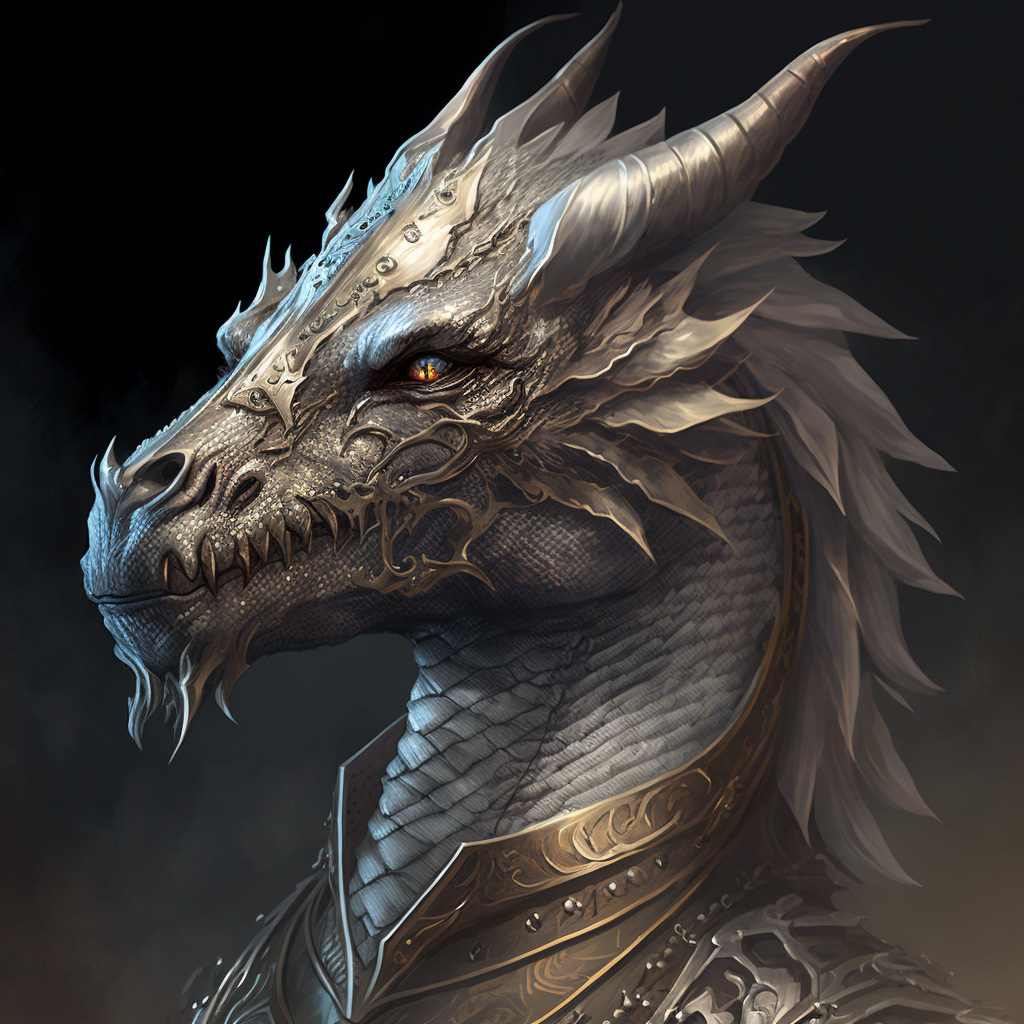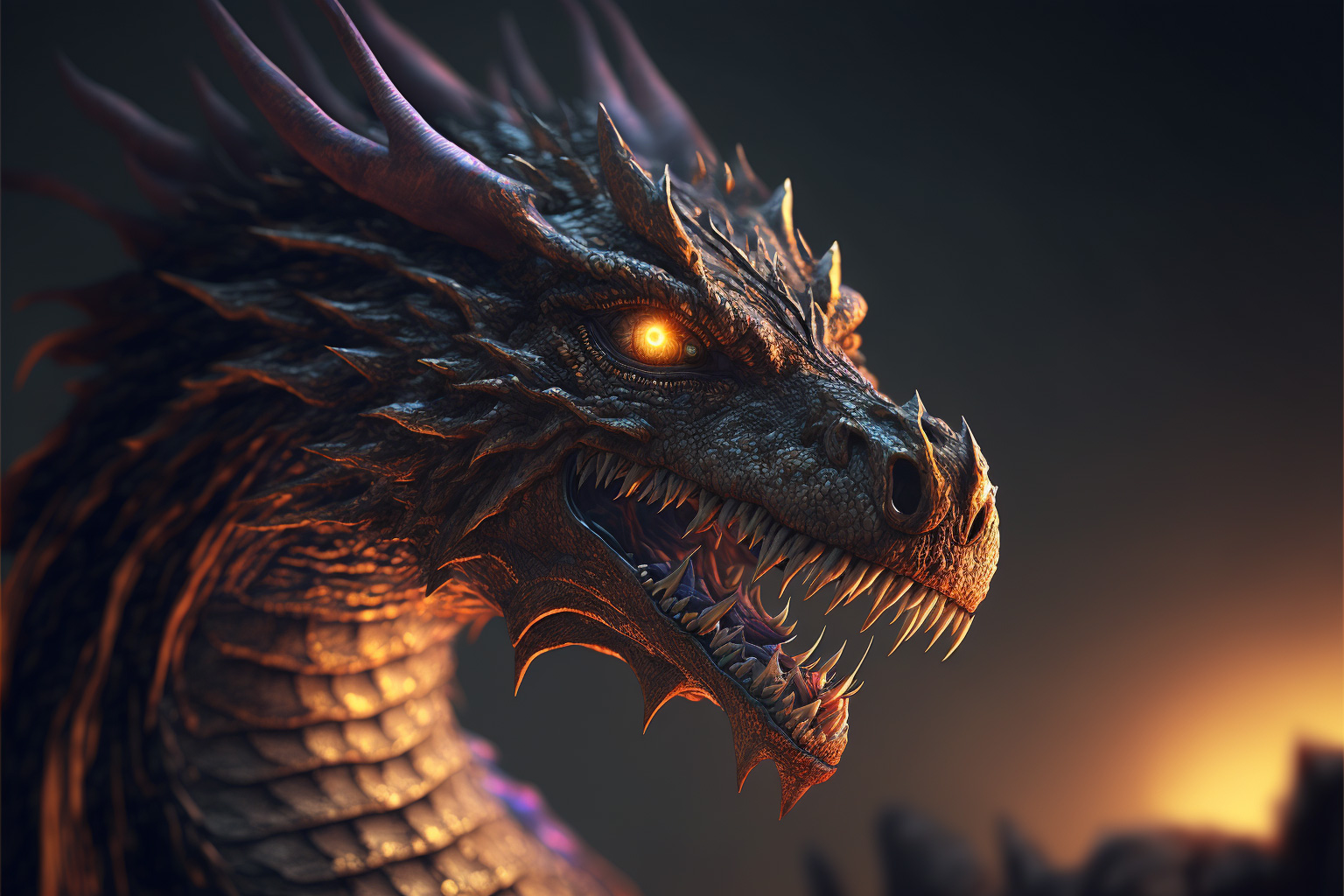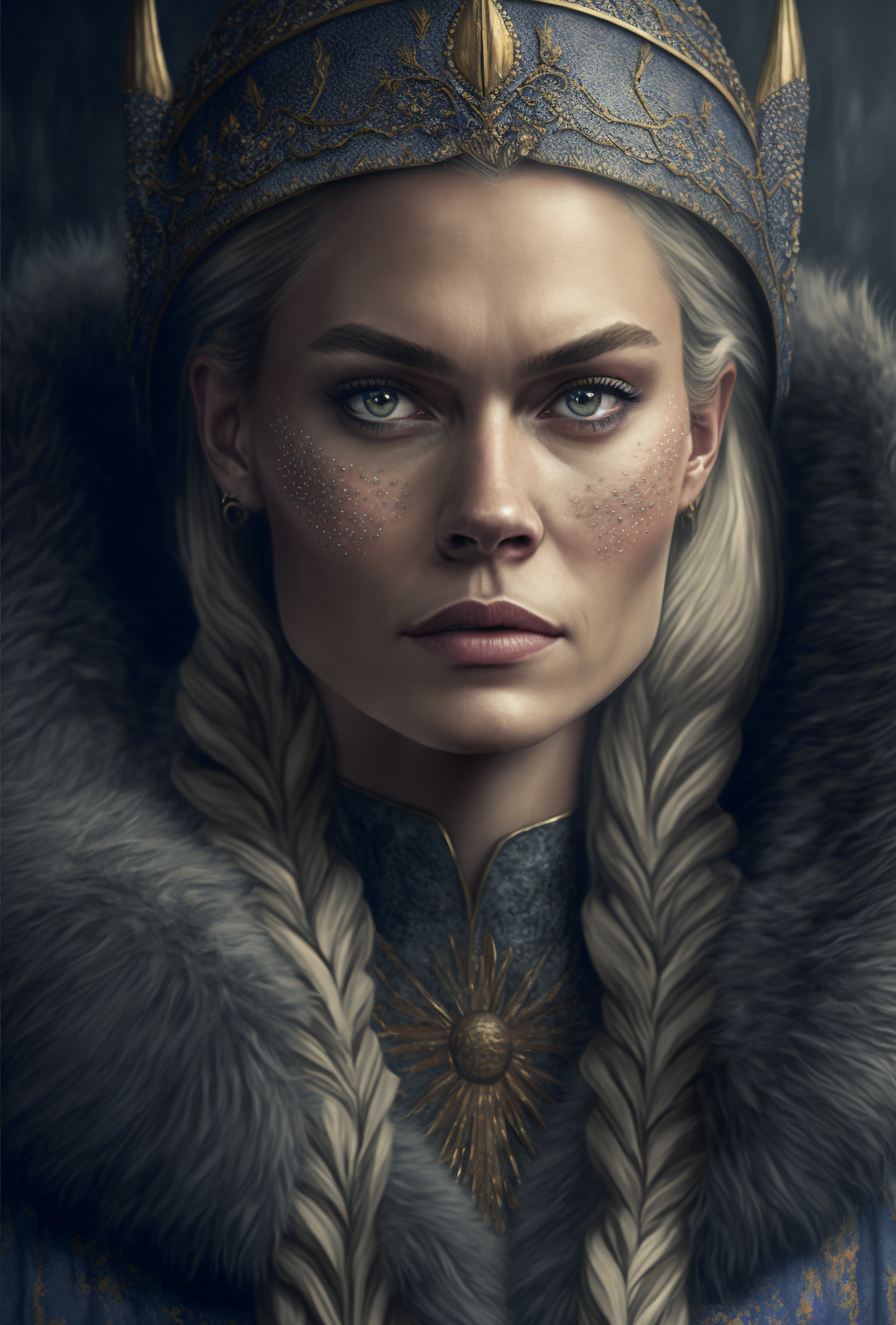The Dragonstide Campaign
500 years ago, the last of the high elves had abandoned the two main continents, Feraweth and Elomawan, and took refuge on the inhospitable isle of Umardothiel north of Elomawan. A number of factors led to the elves' gradual retreat from the rest of Aerune: the enthusiastic population boom of the human race, the increasingly toxic technology being developed by many races (but particularly goblins and kobolds), and the height of the still-lethal reaping plague that pure-blooded elves were particularly susceptible to. The balance of civilization on Elomawan, where elves and Ophidians had long presented as a stable alliance that served as a cornerstone of society, shifted drastically in their wake.
In Feraweth, high elves had never held the kind of influence that could undermine the long-standing kingdoms of centaurs in the east, aarakocra in the north, and dwarves in the south. Even the smaller nations of humans and Ophidians were relatively staunch in the face of change. But Feraweth had been most devastated by the reaping plague, which killed thousands of humanoids of many races and permanently disabled tens of thousands more. Less politically-minded races like lizardfolk stepped into the gap left by collapsing towns and trade routes, and focus on industry instead of magic became more prevalent, since three of the four most technological races (kobolds, gnomes, and dwarves) held considerable populations on Feraweth.
400 years ago, humanoid nations and territories were grappling for a new sense of balance without long-lived elves acting as a moderating voice of wisdom and anchor to the recent past. Ophidians became more reclusive, though never withdrawing entirely from the multiracial society that spanned many kingdoms. The other most populous race, humans, fractured along the lightly-drawn lines of culture and kingdoms. Skirmishes were common, and larger-scale war seemed inevitable, especially as humans began clashing more directly with the half-orc and half-giant tribes in eastern Elomawan.
Drastic differences in values and lifestyles throughout the peoples of Feraweth pointed towards inevitable conflict, especially in the aftermath of the worst of the reaping plague. The newer strains of the plague were less lethal and more mutagenic, leaving dozens of small to mid-sized settlements laden with high-needs disabled survivors amongst those still terrified of contagion and death. It became clear over time that the most likely to survive the plague were humans, where other humanoids were less likely to contract it but more likely to die from it.
300 years ago, social instability reached its brittle peak. Multiple kingdoms on both continents were poised on the brink of revolution, recession, and/or war. With elves absent from the international stage and Ophidians unusually quiet, volatile human voices were overpowering most others. In multiple political venues, singular individuals began consolidating power. Immediately after, through unknown methods, most of those individuals were revealed to be dragons in disguise--and suddenly humanoids of all races and nations were intently focused on what seemed to be an attempted coup of their entire civilization. Violence erupted, but it was fully aimed at chromatic and metallic dragons instead of each other. The spokesperson for this entire effort was Eirexa of Alvilda, then-queen of the human kingdom of Nimrine, located in northern Elomawan.
Previously, high elves had been specifically chosen as the advocates of dragons within humanoid spheres of influence; with their seclusion to Umardothiel, none remained who would protest the attempted slaughter of enormous, powerful, long-lived creatures no matter their intelligence. Ophidians, who sought to preserve the existence of natural wilderness and creatures, could not alone combat the wave of hostility now crashing over both continents. As the grand hunt spread, isolated groups of wood elves emerged from their hiding places in the deepest wilds to attempt to assist the dragons--to escape, not to murder their fellow humanoids--but it was too little and too late.
Almost 200 years ago, the last of the dragons were driven from Elomawan and Feraweth, a mere fraction of their previous population after a hundred years of battle with humanoids. As a last gift, or perhaps a parting curse, the dragons transformed their remaining elvish defenders on Elomawan into half-dragons, thus creating the dragonborn race. Through suddenly-inherited power, the new dragonborn were able to carve out a considerable swath of land in southwest Elomawan for their own, protecting against passage towards the dragons' new home of Qelira.
"More than a century ago, Feraweth had driven away all the dragons. All gone, to Qelira, where they still live. Dragons and humanoids had fought over who was the biggest boss, and dragons were bigger but humanoids were many more. There is the Dragonwaste here, just south of us, AND the Dragonscar Delta across the Blueblood to the west of us, AND the Wingsweep Gorge on Elomawan across the Trade Sea! There were many last stands."-- Gorbulus Fitzgerald, Goblin Dragonologist
Institute Atrolore in Kerretta, Dariamra
Later analysis of the situation 300 years hence would point to Queen Alvilda as the lynchpin to averting international wars from breaking out between a dozen different humanoid kingdoms and potentially causing exponentially more deaths than what would become known as the Dragonstide Campaign. Given that the Alvilda family got their surname from one of the last bloody conflicts between humans and high elves, it is unlikely that the good queen was unaware of political repercussions of her actions. How the draconic imposters were discovered and revealed is still unknown, but it is likely that Queen Alvilda was involved in some capacity.

The few elves who sided with the dragons at their last stand on Elomawan were transformed into the first dragonborn of Aerune. by Ty Barbary via Midjourney




